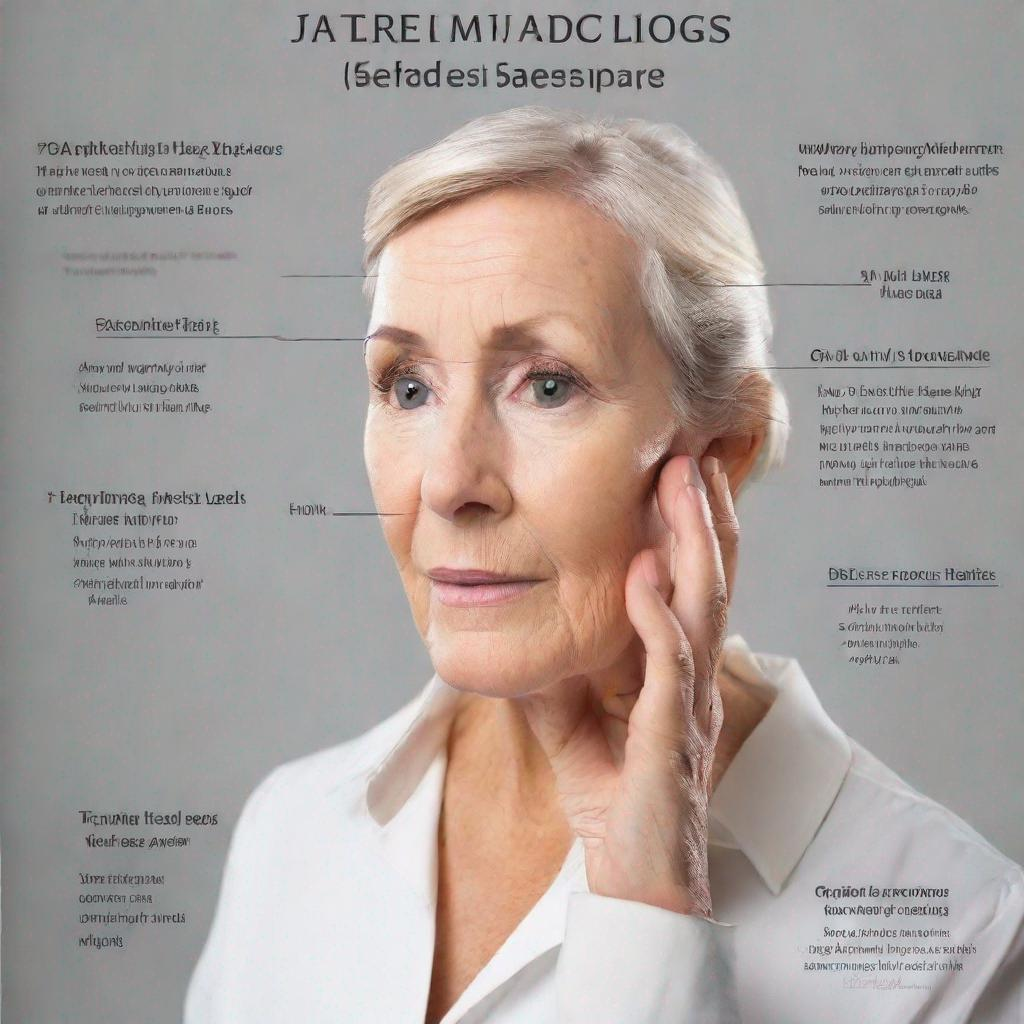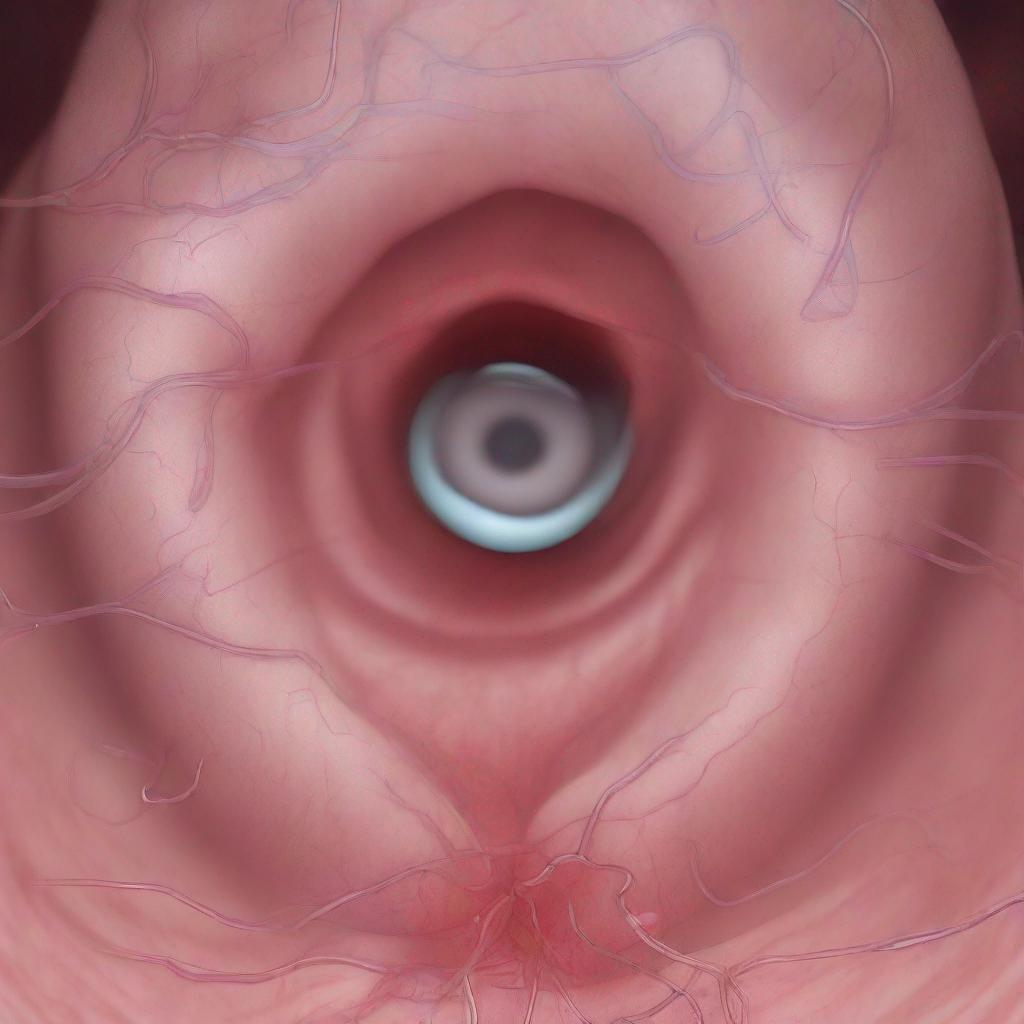## Coronary Catheterization: A Comprehensive Medical Test
### Introduction
Coronary catheterization, also known as cardiac catheterization or heart catheterization, is a medical procedure used to diagnose and treat heart conditions. It involves inserting a thin, flexible tube called a catheter into the heart to assess the condition of the coronary arteries.
### Procedure
**How the Test is Performed:**
1. **Accessing the Artery:** The test is typically performed in a catheterization laboratory. A small cut is made in the groin or arm, and a catheter is inserted into an artery (usually the femoral artery).
2. **Advancing the Catheter:** The catheter is guided through the artery and into the aorta, the main blood vessel leading to the heart. From there, it is directed into the coronary arteries, which supply blood to the heart muscle.
3. **Injection of Contrast Dye:** A contrast dye is injected into the coronary arteries, making them visible on an imaging system (fluoroscopy).
4. **Imaging and Measurements:** The imaging system captures images of the coronary arteries, allowing the doctor to assess the presence of blockages, narrowing, or other abnormalities. Measurements may also be taken to determine the severity of any blockages.
**Tools Used:**
* Catheter: A thin, flexible tube inserted into the heart.
* Guidewire: Used to guide the catheter into the correct position.
* Contrast dye: Injected to make the coronary arteries visible on imaging.
* Imaging system (fluoroscopy): Captures images of the coronary arteries.
**Who Performs the Test:**
Coronary catheterization is typically performed by a cardiologist, a doctor specializing in heart conditions.
### Diagnosis
Coronary catheterization can help diagnose various heart conditions, including:
* **Coronary artery disease (CAD):** A narrowing of the coronary arteries due to plaque buildup.
* **Ischemic heart disease (IHD):** A reduced blood supply to the heart muscle due to CAD.
* **Angina pectoris:** Chest pain caused by reduced blood flow to the heart.
* **Myocardial infarction (heart attack):** A blockage in a coronary artery that cuts off blood flow to the heart muscle.
* **Atherosclerosis:** A condition characterized by plaque buildup in the arteries, including the coronary arteries.
### Importance
Coronary catheterization plays a crucial role in diagnosing and managing heart conditions. It can:
* Identify the location and severity of coronary artery blockages.
* Assess the overall health and function of the heart.
* Guide treatment decisions, such as surgery, medication, or angioplasty.
* Evaluate the effectiveness of previous treatments and monitor disease progression.
### Alternatives
There are a few alternatives to coronary catheterization, including:
* **Stress tests:** Exercise tests or drug-induced tests that assess heart function under stress.
* **Echocardiography:** An ultrasound imaging test that provides information about heart structure and function.
* **CT angiography:** A non-invasive imaging test that visualizes the coronary arteries using CT scans.
### Preparation
Before coronary catheterization, patients may need to:
* Fast for several hours before the test.
* Take medications to reduce the risk of blood clots during the procedure.
* Inform the doctor about any allergies or medical conditions.
* Arrange for transportation home after the test, as driving may be restricted.
### Duration
The procedure typically takes about an hour, but preparation and recovery time can extend the total duration to several hours.
### Recommendations
Following coronary catheterization, the doctor may recommend:
* **Medications:** To manage heart conditions or prevent future events.
* **Lifestyle changes:** Such as diet, exercise, and smoking cessation.
* **Additional tests:** To monitor disease progression or assess the effectiveness of treatment.
* **Further treatment:** Such as angioplasty, stent placement, or bypass surgery, if necessary.
### Conclusion
Coronary catheterization is a valuable diagnostic and therapeutic tool used to diagnose and manage heart conditions. By providing detailed images of the coronary arteries, it helps guide treatment decisions and improve patient outcomes.




